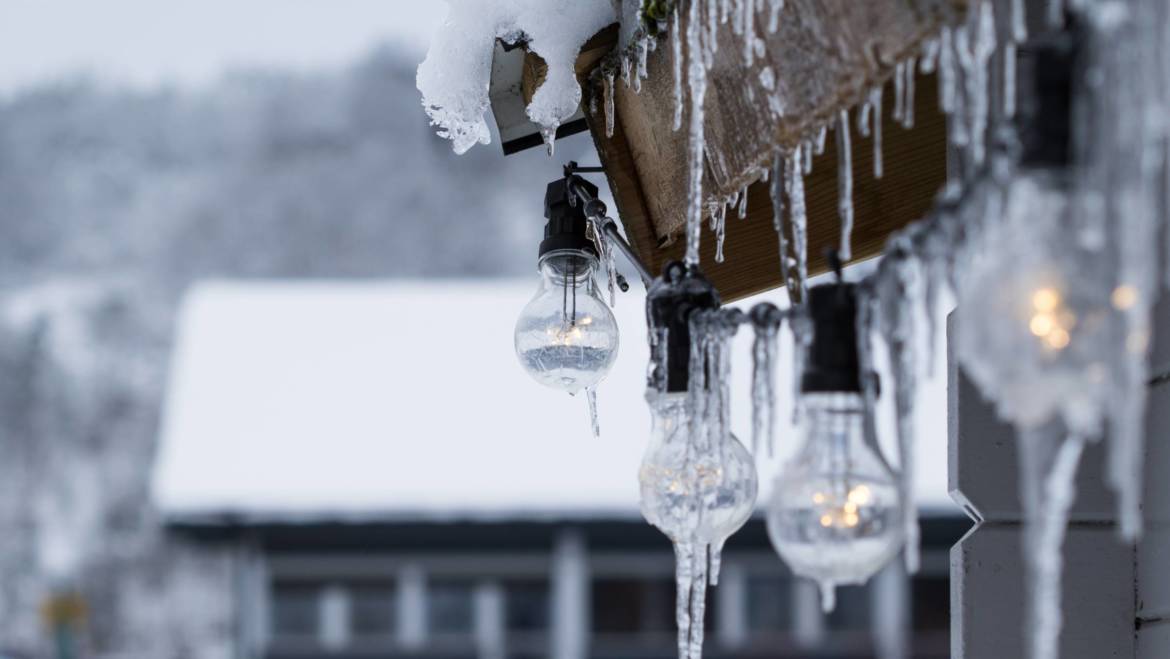By being proactive about preparing your building for the winter months, your chances of suffering a loss are greatly reduced. Consider these tips when it comes to winter maintenance inside and outside your building:
Heating System
- Have your heating system serviced by a licensed heating contractor to ensure proper operation.
- Check furnace filters monthly and replace them every three months (could be more frequent depending on the condition of the filter).
- Keep combustible material at a minimum of 36 inches from heating units.
- If your heating system is a boiler, view the Heating Boiler Start-Up Checklist fact sheet for information on boiler maintenance.
Frozen Pipes
- Identify the main water shut-off valve in your building. If a leak or pipe burst would occur, quick access to this valve will minimize water damage.
- Wrap any water pipes that are exposed to freezing temperatures and cold drafts, and those located in unheated or non-insulated areas, with pipe insulation.
- Close windows near water pipes and cover open-air vents. Freezing temperatures and wind drafts can cause pipes to freeze more frequently.
- If your building has any exterior faucets or a lawn-irrigation system, it is important to see that those water pipes are drained and disconnected from any hoses prior to the winter freeze.
- During extremely cold weather, turn faucets to a slow drip in order to reduce the chance of the pipe freezing.
- If a pipe freezes or bursts, contact a licensed plumbing contractor as soon as possible.
Roof and Gutters
- Inspect the interior of the building first and look for evidence of leaks, including rotten wood, damaged walls and stained ceiling tiles.
- Inspect the exterior walls and overhangs, looking for cracks, walls pushing out or signs of moisture. Look at the roofline and note any sagging.
- Look for cracking, blistering, cupping, peeling or loss of granulation of asphalt shingles.
- Check drains, gutters and valleys to ensure they are free from any buildup of leaves, twigs and other debris that would prevent proper drainage of water from the roof.
- Examine downspouts for debris and make sure roof runoff is being adequately directed away from the building’s foundation.
- Inspect items that have been cut into the roof, including attic vents, sewer vents, chimneys, and skylights. Leaks are more susceptible around these areas and they should be inspected to ensure flashing and caulking is in good condition and watertight.
- Keep trees trimmed to prevent branches from rubbing or falling onto the roof.
Ice Dam Prevention
- Ensure the attic has adequate insulation and ventilation. Rust spots, rusty nails or the odor of mildew could be an indication of insufficient ventilation.
- Consider installing soffit vents to increase ventilation.
- Seal any openings in the attic, such as heat ducts, light fixtures and vent pipes.
- Clear snow two to three feet from all roof edges with a snow rake. Because removing snow and ice from roofs can be a hazardous undertaking and can damage existing roofing components, consider hiring a qualified and insured contractor to complete this work.
Read the original blog from Guide One Insurance here.

